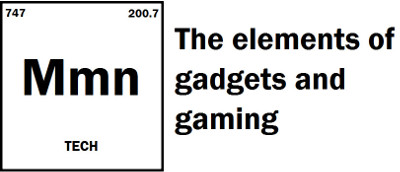
Why are so many broken games getting released
I had started this article on broken games a few days ago, when I noticed IGN had just written about the same problem. It’s an issue in the video game community that’s been festering for awhile, but is finally starting to gain mainstream attention.
The gaming industry is sick. During 2014, we saw nearly every major studio put out a game that was either lacklustre, broken, unfinished, or just a blatant cash grab.
Granted it’s a transition year. Programmers have to learn new hardware. That’s why early games tend to be less polished. However, asking upwards of $70 for what are essentially public betas is both obnoxious and inexcusable.
So what gives?
It’s not just a failure of the QA department to do their job. There’s lots of factors at play that ensure broken games get unleashed on the public.
The industry works now, more than ever, on a deadline driven environment. The Holiday Season is when publishers make a big chunk of their annual revenue. So there’s a huge amount of pressure on developers to get things done on time. Sometimes games get too big for their britches, or the dev team is too small and underfunded. Things don’t get finished, content has to be cut. That’s been how things have worked for decades. Though in the past, we usually got a playable game out of it.
Connected consoles changed all that.
PC gaming has long been a wild west. There’s no gatekeeper, so no limit on broken games or buggy releases. When the internet came about, it allowed bugs to be fixed later. Just toss up a patch on the company website. For the longest time, it was mostly for last minute polishing. Though some developers figured out they could abuse the system by pushing out incomplete games to meet launch windows, then add back missing content later.
Consoles were spared that mess for the longest time. Even after going online.
During the seventh generation, hardware makers placed limits on patch size. For awhile, this held back the floodgate of broken games. Not to say there weren’t any, but it wasn’t quite the influx we’ve seen recently.
With the latest hardware, those limitations were removed. Now we have multi-gigabyte “patches” designed to repair huge chunks of a game.
It’s become an easy way for developer to skirt deadlines. Delays cost money. So they get something that resembles a game out to the public, which keeps cash flowing and publishers happy. Gamers in turn get to pay to play beta tester in hopes that an update will come to fix the disaster.
It’s hard to just blame developers though. It’s not an easy job. Publishers shouldn’t be allowing broken games to sully their name. Nor should they be enforcing unreasonable deadlines. Console makers too are at fault for not keeping a tighter leash on the quality. It’s certainly a far cry from the days of the Nintendo Seal of Approval.
By cheating the system, there’s been a lot of ill will generated between consumers and the industry. Gamers are becoming more wary about purchasing games at launch.
Perhaps that’s a good thing.
It might finally force developers and publishers to start taking quality control seriously.
You wouldn’t pay to watch a half finished movie in the theatre, or read a half finished book. So don’t tolerate it with your video games.


